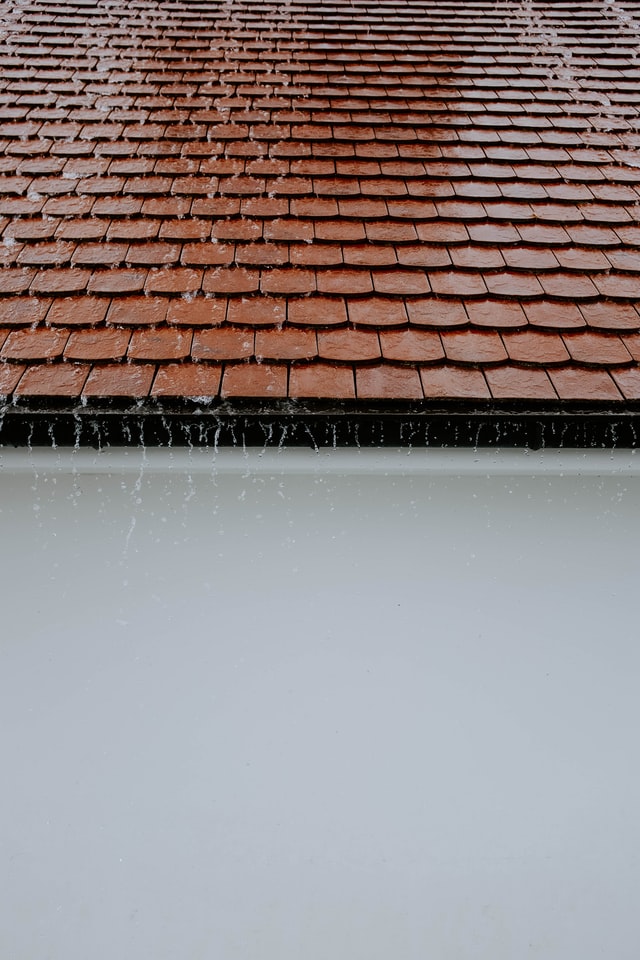
Keeping the roof of your income property in good shape can help you attract more renters and lower the cost of operating the rental. Because it is the crowning structure of the building, the roof is one of the most prominent elements of your home’s curb appeal. A worn-out roof can cast a rental property in a bad light and repel potential renters.
On the cost-saving side, a good roof can help you cut spending in two ways. If it is well-maintained, the roof can shield the rest of the home’s physical structures from the forces of nature. By looking after the roof, you will not be spending money to fix avoidable damage to the walls, ceilings, flooring, or even the foundation of your building.
A roof in the best condition lowers your energy costs because it improves the energy efficiency of your rental property. The roof is vital to your building’s ability to control the movement of air in and out of the structure. Due to its size, any problems with the roof’s insulating capabilities can result in massive reductions to the building’s ability to control its internal temperature.
Lastly, a roof that is not properly maintained will deteriorate faster than it should and will need to be replaced before the end of its projected lifespan. Roof replacement is expensive; it is not something any landlord wants to undertake before they are ready to. The simple way to avoid premature roof failure is to be timely and thorough with the routine maintenance of the structure.
How to do roof maintenance for your rental property

Due to the distinct characteristics of the roof, it is easy to miss problems with the structure if you are intentional in the way you approach roof maintenance. One of the unique qualities of the roof is that a significant portion of it is out of sight and most of the structure is not in your direct line of sight. This means you are not likely to spot problems with your roof immediately.
To keep up with possible problems with your rental property’s roof, you need at least three things:
- Routine roof inspections
Regular inspection of the roof is the best way to spot problems early and keep them from developing into major issues. These inspections are best done during spring and fall. Doing the inspections at these times of the year ensures that your roof is ready for the extreme weather up ahead. You should also inspect your roof after every severe storm.
2. A roof inspection checklist
This is a document which details the step-by-step procedures for inspecting the roof. It should contain information on the steps to evaluate the condition of every part of the roof. To be effective as a tool for roof maintenance, the checklist must be comprehensive and methodical. The quality of your checklist determines how thorough the roof inspection will be.
3. A roofing expert
For the best results, you should have a roof maintenance expert do your spring and fall roof inspections. Why do you need an expert when you have a roof inspection checklist? Because you don’t have the expertise to identify signs of trouble before they become apparent. Doesn’t that mean you don’t need the checklist? You still need a checklist for those times when you have to inspect the roof by yourself (such as after a storm).
Important Roof Maintenance Tips

Here is a list of things to look out for when checking the roof of your rental property:
- Signs of aging
Depending on the type of roof, you are looking at a lifespan of 20-30 years. But a roof may not last as long as its projected lifespan. Several factors can interfere with its ability to last as long as it should. The primary one is the weather in your location; if the summers are very hot or winters are harsh, the roof is more likely to expire soon. You must maintain vigilance to detect early signs that your roof is aging.
- Organic growth

Plants may try to establish themselves a home on your roof. If not removed as soon as they appear, they can do massive damage to your roof. Moss, algae, and mildew also predispose your roof to damage if they are allowed to grow on the structure.
Tree branches that are close enough to touch the roof may also damage its surface during strong winds. Keeping the surface free of organic growth will also reduce the roof’s attraction to rodents, birds, and pests.
- Weather damage
The roof is regularly buffeted by strong winds, harsh sunlight, and heavy snow. Although the structure is designed to withstand these assaults, it can still experience damage. Examples of problems that can result from exposure to the forces of nature include missing or damaged shingles, damaged flashing, sagging gutters, and excessive shedding of granules.
- Others
Other important things to look out for include exposed or missing roof fasteners, inefficient or damaged roof insulation, and dirty or clogged gutters.

